Introduction to silicon-based AMOLED micro-display technology
Using a single crystal silicon semiconductor as a substrate, a CMOS drive circuit consisting of ten million transistors is integrated into the semiconductor, and the top layer of the CMOS drive circuit produces OLED organic light-emitting diodes, which are micro-display devices that achieve both high resolution and tiny size.
Micro-OLED microdisplay devices use single crystal silicon wafers (Wafer) as the backplane, with self-illumination, thin thickness, light weight, large viewing angle, short response time, high luminous efficiency, and it is easier to achieve high PPI (pixel density), small size, easy to carry, low power consumption and other excellent characteristics, especially suitable for application in helmet displays, stereo display mirror and glasses display and other AR/VR display devices.

Sony launches 0.5-inch OLED miniature display
Micro-OLED microdisplay devices use single crystal silicon wafers (Wafer) as the backplane, with self-illumination, thin thickness, light weight, large viewing angle, short response time, high luminous efficiency, and more easily achieve high PPI (pixel density), small size, easy to carry, low power consumption and other excellent features, especially suitable for applications such as helmet displays, stereo display mirror and glasses display AR/VR display devices. Currently, it is mainly used in the AR field. As early as 2005, eMagin launched the consumer headset Z800 3dvisor, a miniature display headset with SVGA resolution display (40 degree field of view).

Also at MWC 2016, Epson unveiled its new AR glasses, the Moverio BT-300, which also uses Micro-OLED technology, and many other devices to name a few.
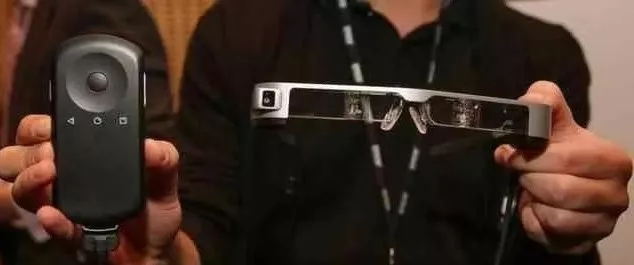
Currently Micro-OLED technology is mainly used in VR and AR, with major players such as eMagin, Kopin, Fraunhofer, Epson and Sony, Aurender, BOE and ViewEnd.

In the field of VR, displays have evolved from traditional LCD to AMOLED, and issues such as colour reproduction, contrast and response speed have been better addressed, but limited by the high resolution bottleneck, the current display of VR products using AMOLED is still not as good as it could be. In addition, although AMOLED screens are thin and light without backlighting, they are still very large, for example, Sony PlayStation's VR device is 5.7 inches and the device is very large, limiting the optical design and device appearance design.

In this regard, Micro-OLED can solve the above problems of AMOLED, firstly, the resolution of Micro OLED can be several thousand PPI, completely fearless of the magnifying glass in VR devices; secondly, the volume of Micro OLED can be very small, which can enable VR devices to achieve more complex optical design.
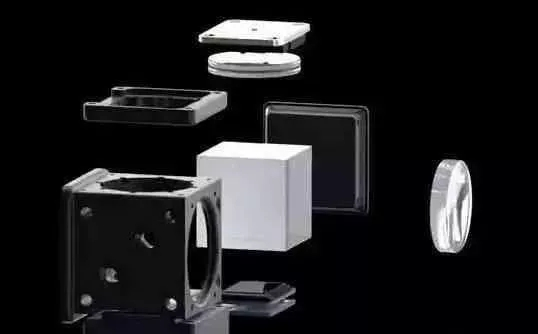
Micro-OLEDs are experienced in the AR field. In the development of AR devices, Micro-OLED's biggest competitor is LCOS (liquid crystal over silicon screen projection technology), of which the most typical applications are google glass and Microsoft Hololens, the detailed principles of LCOS will not be discussed here, because today's main character is not it, you can think of it as a miniature projector.


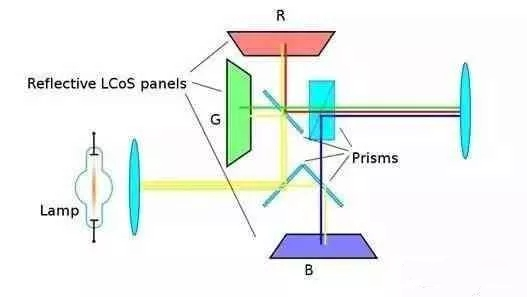
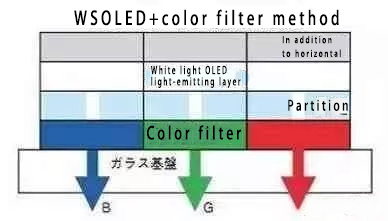
This may not be a problem in the dim light environment of VR, but in the natural light scenario of AR, the lack of brightness of Micro OLED becomes the Achilles' heel, sorry, no solution.

Sony releases 0.5-inch OLED micro-display
AMOLED micro display chip technology features substrate chip using mature integrated circuit process, can be manufactured through integrated circuit foundry, manufacturing yields are much higher than the current mainstream LTPS (low temperature polycrystalline silicon) technology; using single crystal silicon, high mobility, stable performance, higher life than AMOLED displays; 200mm x 200mm OLED evaporation packaging equipment can meet OLED microdisplays are small and very portable, and their near-eye display effect provided by their small size is comparable to that of large size AMOLED displays, compared to other microdisplay technologies.
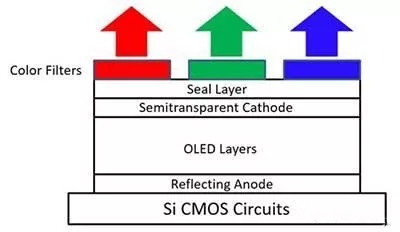
Advantages over LCD screens.
Micro OLEDs can be switched on and off quickly, at speeds of up to one millionth of a second, compared to one thousandth of a second for LCDs. This not only allows high frame rates to be achieved, but also allows special modulation processes to be applied to improve image quality.
● LCD micro displays

TN liquid crystal display electro-optic effect principle

TN LCD box schematic Compared to OLED
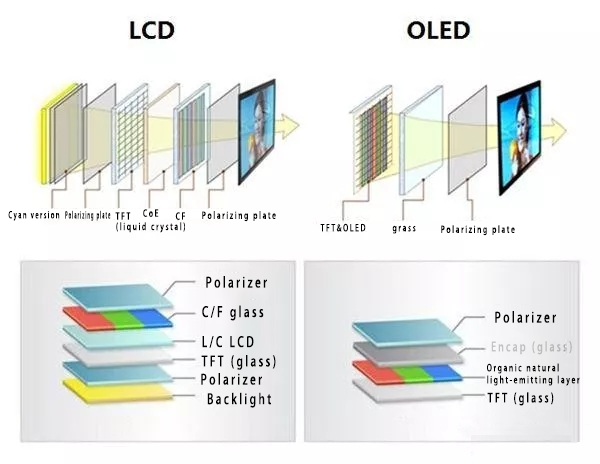
OLED microdisplay
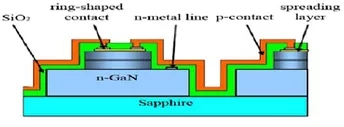
OLED microdisplay architecture
The 8 inch displays might be affected and delay for an accident.
New iPhone 13 Series will use On-Cell OLED Displays. And it that will be launched in the second half of this year will be exclusively supplied by Samsung Display (SDC)
This is the project management of how sinocrystal handle your customized project relate to displays.
Discover how LCD displays are evolving in industrial automation — from high-brightness and rugged designs to smart connectivity and energy efficiency. Explore what’s next for industrial-grade visual interfaces.
Discover the key factors to consider when choosing an LCD display for your project, including size, resolution, interface, brightness, and customization options from a factory-direct manufacturer.
Discover the latest innovations in rugged LCD displays for harsh environments — from extreme temperature resistance to sunlight readability and waterproof designs. Factory-direct manufacturing with full customization.
A complete guide to LCD display connection methods, including SPI, I2C, RGB, MIPI, LVDS interfaces and physical mounting options. Learn how to connect monochrome and TFT LCDs to your development board or product housing.